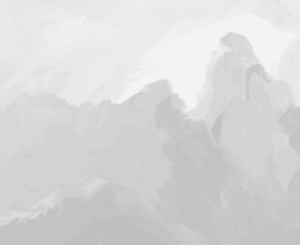
1606 — 1682
Lodovico Buglio
Jesuit missionary in China.
A native of Mineo, Sicily, Buglio entered the Society of Jesus in Palermo in 1622. After completing studies at the Roman College (the Jesuit college in Rome), he was granted permission in 1634 to leave for Macao, which he reached in 1636. By 1639 he was in Kiangnan (area of present-day Anhui and Jiangsu Provinces), where he baptized nearly 700 adults. The following year he became the first European to enter Chengtu (Chengdu), Szechwan (Sichuan) Province, where he established a thriving mission.
With the assistance of Gabriel de Magalhaes (1610-1677), who joined him in 1642, he expanded the mission to other cities in Szechwan. Buglio and Magalhaes reluctantly became astronomers at the court of a Chinese rebel, Zhang Xianzhong, who declared himself prince of the area in late 1644. But Haoge, a Manchu prince, seized the province in 1647 and brought them to Peking (Beijing), where four years later both were freed. There, with imperial permission, they built the Dongtang (East Church).
During the persecution of 1665 to 1670, which involved the Chinese rejection of Western methods of astronomy at court, Buglio wrote a reply to charges leveled against Christianity. He composed nearly two dozen works in Chinese and also translated a large part of the Roman Breviary and the Summa Theologiae of Thomas Aquinas. His tombstone in Beijing was restored in 1987.
Attribution
This article is reprinted from Biographical Dictionary of Christian Missions, Macmillan Reference USA, copyright (c) 1998 Gerald H. Anderson, by permission of The Gale Group; Wm. B. Eerdmans Publishing Co., Grand Rapids, Michigan. All rights reserved.
Sources
Giuliano Bertuccioli, "Ludovico Buglio," in Scienziati siciliani gesuiti in Cina nel secolo XVII (1985), pp. 121-146; "Lodovico Buglio," in Louis Pfister, Notices biographiques et bibliographiques sur les Jesuites de l'ancienne mission de Chine (1932-1934; repr. 1971 and 1975), pp. 230-243 (with an annotated list of Buglio's Chinese works).
About the Author
Associate Professor of East Asian History, Georgetown University, Washington D.C., USA


